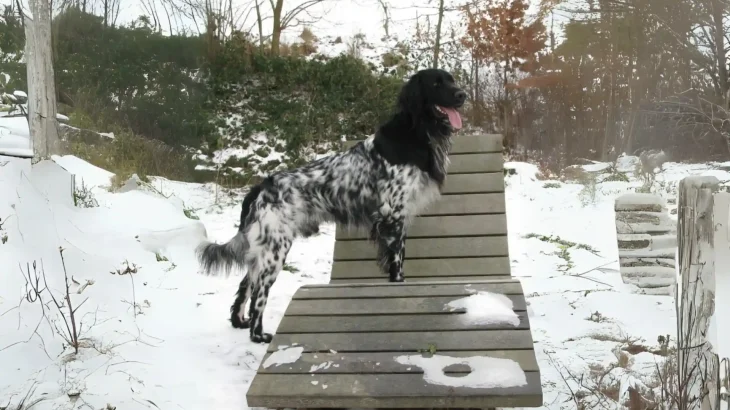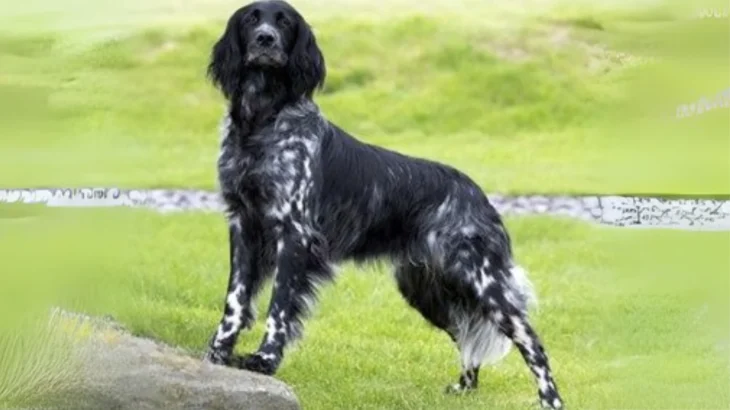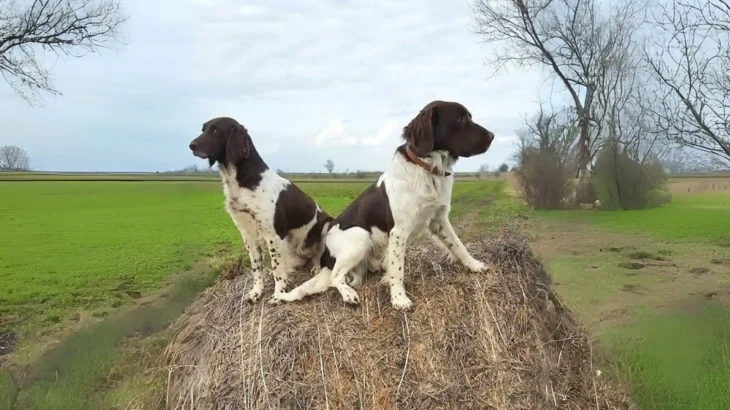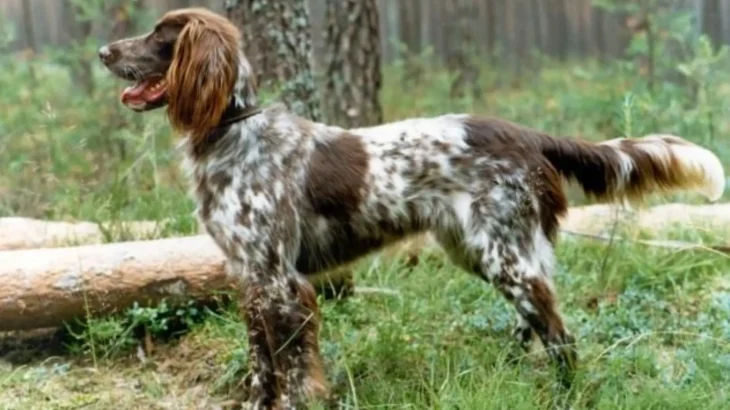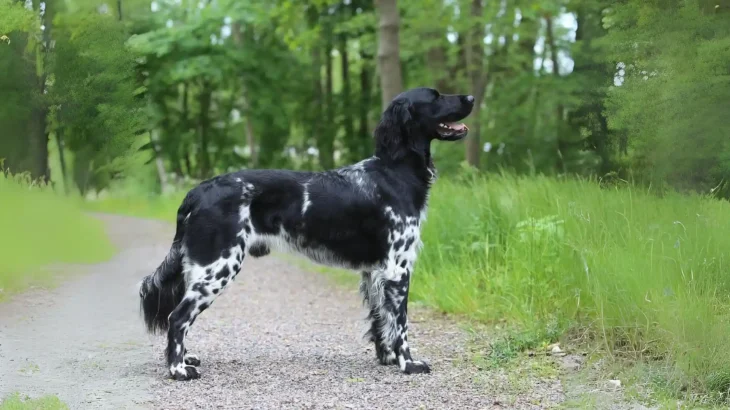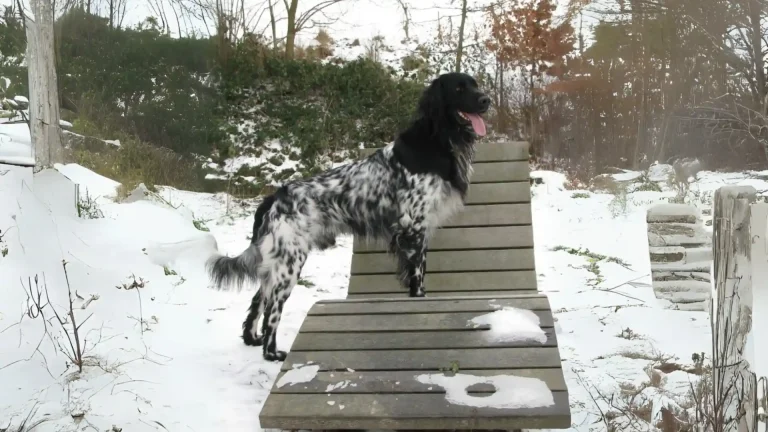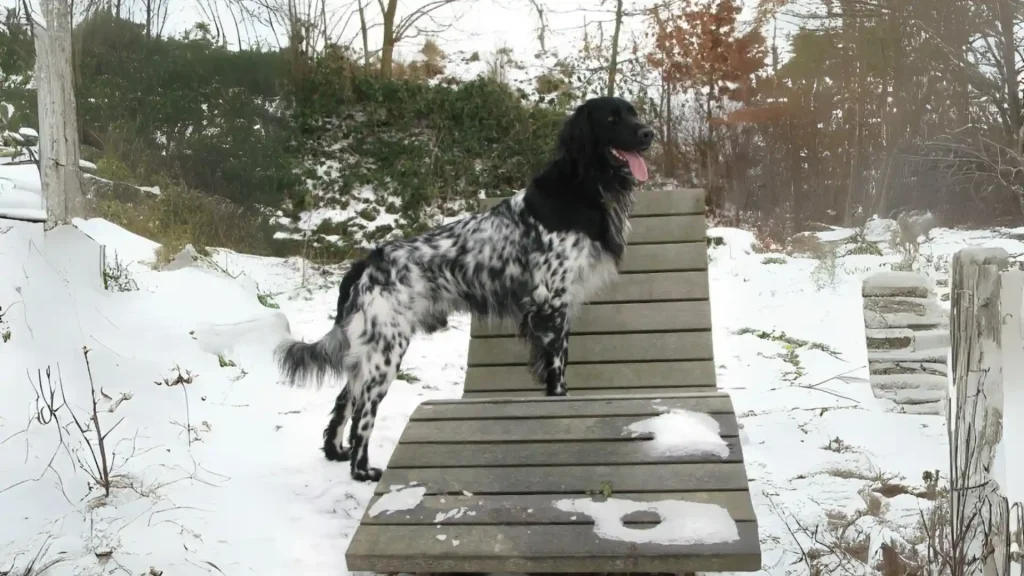Deciding between adopting or buying a Munsterlander puppy depends on your priorities regarding cost, health transparency, and ethics. Buying from a breeder often provides detailed health and pedigree info but at a higher price, while adoption tends to be more affordable and gives a dog in need a home. Both have merits, especially for a breed like the Munsterlander that thrives on informed care and active companionship.
| Criteria | Buying from Breeder | Adopting from Shelter/Rescue |
|---|---|---|
| Cost | Higher initial cost reflecting purebred status and breeder care. | Lower fees often including vaccinations, spaying/neutering, and microchipping. |
| Health History | Usually comprehensive health records and genetic testing. | Basic health checks performed, but detailed history may be unknown. |
| Age Availability | Mostly puppies for early socialization and training. | Varied ages including adults or seniors needing homes. |
| Temperament Insight | Breeders share lineage temperament traits and early behaviors. | Shelter staff offer observations, though full background may be unclear. |
| Supporting Practices | Supports responsible breeding focused on preserving breed traits. | Helps animal welfare by rehoming dogs and reducing shelter populations. |
| Ethical Considerations | Choose ethical breeders to avoid supporting irresponsible breeding. | Gives a second chance but may not guarantee purebred lineage. |

